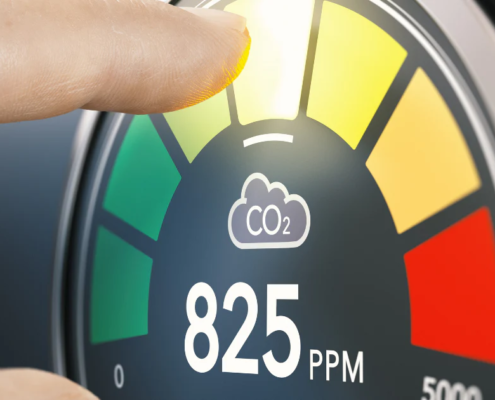 https://cksupply.com/wp-content/uploads/2023/06/Industrial-cnc-plasma-cutting-of-metal-plate_.jpg
1250
2000
Nate Riggins
/wp-content/uploads/2023/04/CK-Supply-White-Logo.svg
Nate Riggins2023-04-11 14:00:282024-10-25 11:57:11How to Extend the Life of Your Plasma Consumables
https://cksupply.com/wp-content/uploads/2023/06/Industrial-cnc-plasma-cutting-of-metal-plate_.jpg
1250
2000
Nate Riggins
/wp-content/uploads/2023/04/CK-Supply-White-Logo.svg
Nate Riggins2023-04-11 14:00:282024-10-25 11:57:11How to Extend the Life of Your Plasma ConsumablesWhat is the safest way to secure a propane cylinder?
The only allowable way to transport or store a propane tank is in a position where the safety device is not in contact with liquid product. This means cylinders should be transported in an upright position and be strapped in by means of a ratchet trap or tank vise.
How does CK Supply advise our customers to safely transport propane in their personal vehicles?
Every individual who utilizes a propane grill, powers a forklift or needs propane for heating may need a tank swapped and transported in a personal vehicle. CK looks to educate our customers about best safety practices for transporting propane cylinders.
Let’s consider a few key points to make sure they understand before driving off your lot.
- No single cylinder should contain a propane capacity of more than 45 pounds, and the total combined weight of all the cylinders in an enclosed vehicle should not exceed 90 pounds.
- All propane cylinders must be secured in the vertical and upright position. Again, the safest way to secure a propane cylinder in a vehicle is strapped in with a rachet strap or tank vise. These tank holders fit tightly around the propane cylinder making them safe and secure.
- Safety Tip: Securing a propane cylinder with rope or twine is also acceptable, but make sure customers have a good anchor point in their car.
What is the allowable amount of propane you can safely transport in your personal vehicle?
You may transport up to 1,000 pounds of propane in the back of an open pickup truck or trailer. However, the propane cylinders must still be transported in the vertical and upright position. Anything more than 1000 lbs. would require placarding.
- A 100-pound propane cylinder is heavy and should be loaded carefully and with the help of another person.
Safety Tip: A full 100-pound cylinder can actually weigh up to 180 pounds, so be sure to assist customers in getting these into the back of their truck or trailer safely.
How do you secure a propane cylinder safely?
Once the propane cylinder is loaded into the back of the truck, find the anchor points. Remember to use a rachet strap or tank vise to secure the cylinder in the vertical, upright position.
Safety Tip: Though forklift cylinders are designed to be used in the horizontal position, make sure the cylinders are transported in the vertical position. When secured to a forklift, there is a pin that locks the cylinder into a specific position, keeping the pressure relief valve in the vapor space of the cylinder. If transported on its side, the cylinder may roll and shift the pressure relief valve to the bottom, in the liquid space of the cylinder.
"*" indicates required fields




